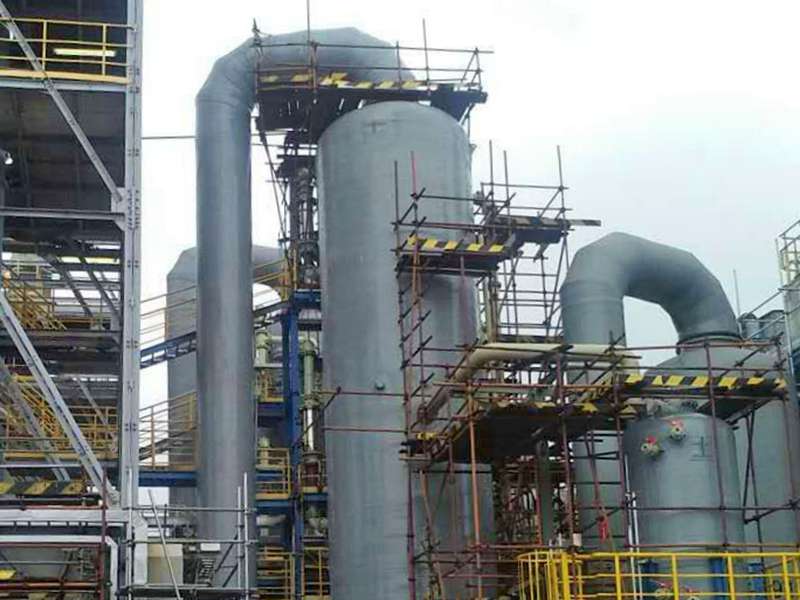
-
 Afrikaans
Afrikaans -
 Albanian
Albanian -
 Amharic
Amharic -
 Arabic
Arabic -
 Armenian
Armenian -
 Azerbaijani
Azerbaijani -
 Basque
Basque -
 Belarusian
Belarusian -
 Bengali
Bengali -
 Bosnian
Bosnian -
 Bulgarian
Bulgarian -
 Catalan
Catalan -
 Cebuano
Cebuano -
 China
China -
 China (Taiwan)
China (Taiwan) -
 Corsican
Corsican -
 Croatian
Croatian -
 Czech
Czech -
 Danish
Danish -
 Dutch
Dutch -
 English
English -
 Esperanto
Esperanto -
 Estonian
Estonian -
 Finnish
Finnish -
 French
French -
 Frisian
Frisian -
 Galician
Galician -
 Georgian
Georgian -
 German
German -
 Greek
Greek -
 Gujarati
Gujarati -
 Haitian Creole
Haitian Creole -
 hausa
hausa -
 hawaiian
hawaiian -
 Hebrew
Hebrew -
 Hindi
Hindi -
 Miao
Miao -
 Hungarian
Hungarian -
 Icelandic
Icelandic -
 igbo
igbo -
 Indonesian
Indonesian -
 irish
irish -
 Italian
Italian -
 Japanese
Japanese -
 Javanese
Javanese -
 Kannada
Kannada -
 kazakh
kazakh -
 Khmer
Khmer -
 Rwandese
Rwandese -
 Korean
Korean -
 Kurdish
Kurdish -
 Kyrgyz
Kyrgyz -
 Lao
Lao -
 Latin
Latin -
 Latvian
Latvian -
 Lithuanian
Lithuanian -
 Luxembourgish
Luxembourgish -
 Macedonian
Macedonian -
 Malgashi
Malgashi -
 Malay
Malay -
 Malayalam
Malayalam -
 Maltese
Maltese -
 Maori
Maori -
 Marathi
Marathi -
 Mongolian
Mongolian -
 Myanmar
Myanmar -
 Nepali
Nepali -
 Norwegian
Norwegian -
 Norwegian
Norwegian -
 Occitan
Occitan -
 Pashto
Pashto -
 Persian
Persian -
 Polish
Polish -
 Portuguese
Portuguese -
 Punjabi
Punjabi -
 Romanian
Romanian -
 Russian
Russian -
 Samoan
Samoan -
 Scottish Gaelic
Scottish Gaelic -
 Serbian
Serbian -
 Sesotho
Sesotho -
 Shona
Shona -
 Sindhi
Sindhi -
 Sinhala
Sinhala -
 Slovak
Slovak -
 Slovenian
Slovenian -
 Somali
Somali -
 Spanish
Spanish -
 Sundanese
Sundanese -
 Swahili
Swahili -
 Swedish
Swedish -
 Tagalog
Tagalog -
 Tajik
Tajik -
 Tamil
Tamil -
 Tatar
Tatar -
 Telugu
Telugu -
 Thai
Thai -
 Turkish
Turkish -
 Turkmen
Turkmen -
 Ukrainian
Ukrainian -
 Urdu
Urdu -
 Uighur
Uighur -
 Uzbek
Uzbek -
 Vietnamese
Vietnamese -
 Welsh
Welsh -
 Bantu
Bantu -
 Yiddish
Yiddish -
 Yoruba
Yoruba -
 Zulu
Zulu
Exploring the Benefits and Applications of FRP Flooring in Modern Construction
Understanding FRP Flooring A Modern Solution for Various Needs
FRP flooring, or Fiberglass Reinforced Plastic flooring, is rapidly gaining popularity across various industries due to its unique properties and advantages. This innovative material, created by combining fiberglass with synthetic resins, offers a durable, lightweight, and resilient flooring option that surpasses traditional materials in many aspects. In this article, we will delve into the inherent benefits of FRP flooring, its applications, and why it could be the right choice for your flooring needs.
Advantages of FRP Flooring
One of the most significant benefits of FRP flooring is its exceptional strength-to-weight ratio. This characteristic makes FRP flooring not only easier to install but also provides remarkable durability under heavy loads. Unlike traditional flooring materials like wood or concrete, which can crack or warp over time, FRP is resistant to weathering and environmental stress, making it a perfect choice for areas that experience adverse conditions.
Moreover, FRP flooring is highly resistant to chemicals, making it an excellent option for industrial applications where exposure to harsh substances is commonplace. In sectors such as food processing, pharmaceuticals, and chemical manufacturing, the ability to withstand spills and corrosive materials is essential. The non-porous nature of FRP prevents the absorption of liquids, reducing the risk of mold and bacteria growth, which contributes significantly to hygiene and safety.
Another advantage of FRP flooring is its low maintenance requirements. Traditional flooring solutions often require continual upkeep, including refinishing, sealing, or replacement due to wear and tear. In contrast, FRP flooring can be easily cleaned with minimal effort and does not need the same level of repair or replacement, resulting in lower long-term costs and less downtime for businesses.
frp flooring

Versatility in Applications
FRP flooring finds a wide array of applications across various sectors due to its versatility. In industrial settings, it is commonly used in manufacturing plants, warehouses, and distribution centers. Its slip-resistant surface ensures safety in environments where spills may occur, significantly reducing the risk of accidents. Additionally, FRP is often used in outdoor settings, such as boardwalks or bridges, where it can withstand environmental elements without deteriorating.
In commercial settings, FRP flooring has started to make an impact in retail spaces, hospitals, and schools. Its aesthetic appeal, available in various colors and finishes, allows it to blend seamlessly with any design concept. The flooring's inherent toughness ensures it can withstand the high foot traffic typical in these environments, without showing signs of wear.
Conclusion
In conclusion, FRP flooring presents an exciting alternative to traditional flooring materials. Its unique combination of durability, chemical resistance, low maintenance, and aesthetic versatility make it an advantageous choice in various applications, from industrial settings to commercial spaces. As industries continue to evolve and seek sustainable, efficient, and economically feasible solutions, FRP flooring is poised to play a vital role in the future of flooring technology.
Choosing the right flooring is essential for ensuring safety, longevity, and performance in any space. By considering FRP flooring, you are investing in a solution that meets modern demands and stands the test of time. Whether you're looking to renovate an existing space or construct a new building, FRP flooring deserves serious consideration for its myriad benefits that can enhance the functionality and safety of your environment.









